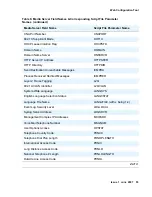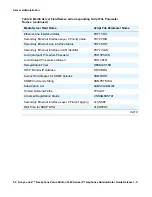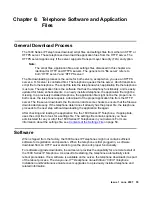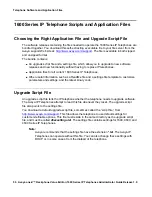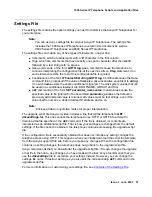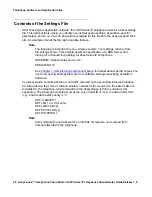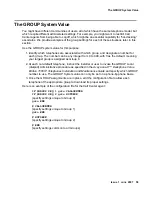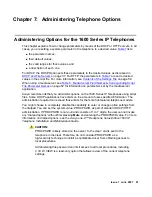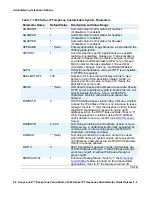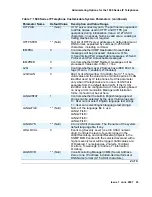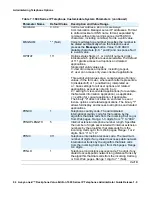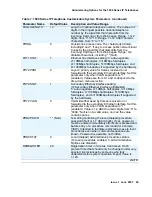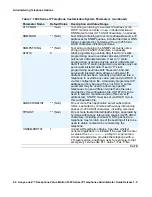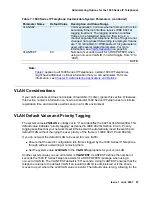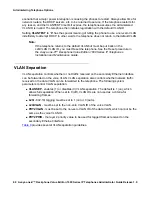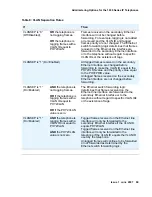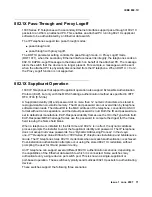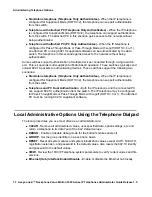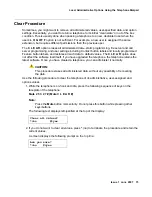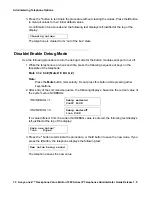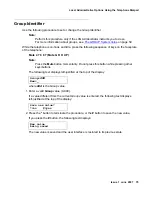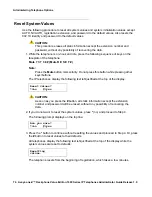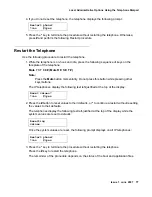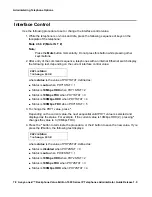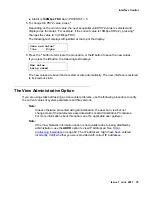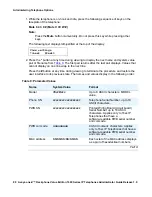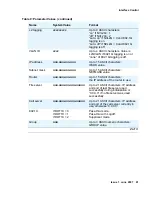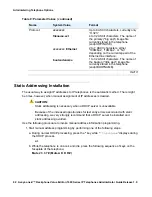
Administering Options for the 1600 Series IP Telephones
Issue 1 June 2007
67
Note:
Note:
Table 7
applies to all 1600 Series IP Telephones. Certain 1600 IP Telephones
might have additional, optional information that you can administer. For more
information, see
Chapter 8: Administering Applications and Options
.
VLAN Considerations
If your LAN environment does not include Virtual LANs (VLANs), ignore this section. Otherwise,
this section contains information on how to administer 1600 Series IP Telephones to minimize
registration time and maximize performance in a VLAN environment.
VLAN Default Value and Priority Tagging
The system value
L2QVLAN
is initially set to “0” and identifies the 802.1Q VLAN Identifier. This
default value indicates “priority tagging” as defined in IEEE 802.IQ Section 9.3.2.3. Priority
tagging specifies that your network closet Ethernet switch automatically insert the switch port
default VLAN without changing the user priority of the frame (cf. IEEE 802.1P and 802.1Q).
If you do not want the default VLAN to be used for voice traffic:
●
Ensure that the switch configuration lets frames tagged by the 1600 Series IP Telephone
through without overwriting or removing them.
●
Set the system value
L2QVLAN
to the
VLAN ID
appropriate for your voice LAN.
Another system value you can administer is
VLANTEST
. VLANTEST defines the number of
seconds the 1600 IP Series Telephone waits for a DHCPOFFER message when using a
non-zero VLAN ID. The VLANTEST default is “60” seconds. Using VLANTEST ensures that the
telephone returns to the default VLAN if an invalid VLAN ID is administered or if the phone
moves to a port where the L2QVLAN value is invalid. The default value is long, allowing for the
VLANSEP
1
VLAN separation. Controls whether frames to/from the
secondary Ethernet interface receive IEEE 802.1Q
tagging treatment. The tagging treatment enables
frames to be forwarded based on their tags in a
manner separate from telephone frames. If tags are not
changed, no tag-based forwarding is employed. Values
are: 1=On/Enabled, 0= Off/Disabled. This parameter is
used with several related parameters. For more
information, see
VLAN Separation
on page 68.
VLANTEST
60
Number of seconds to wait for a DHCPOFFER when
using a non-zero VLAN ID (1-3 ASCII digits, from “0” to
“999”).
Table 7: 1600 Series IP Telephone Customizable System Parameters (continued)
Parameter Name
Default Value
Description and Value Range
6 of 6

